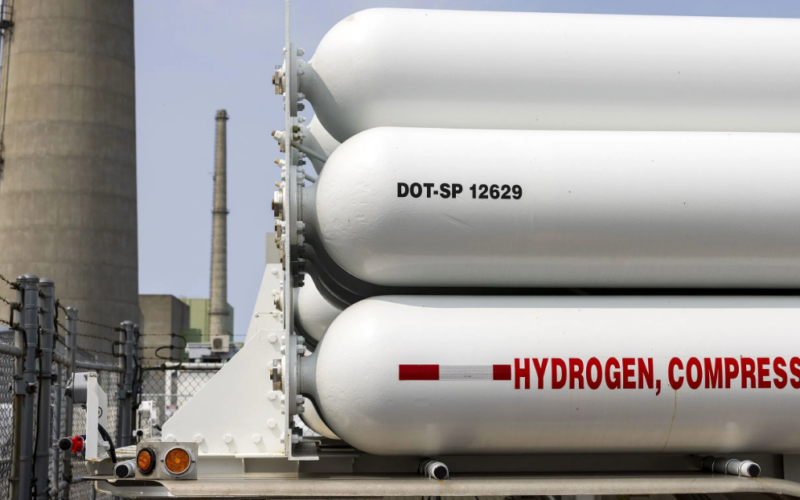The Biden administration has unveiled its proposed guidelines for a tax credit aimed at incentivizing companies to produce hydrogen, a clean-burning fuel with the potential to address climate change. Hydrogen, when produced without greenhouse gas emissions, can serve as an eco-friendly alternative in various industries. The recently approved tax credit stirred debate over eligibility, prompting the Treasury Department to release rules to prevent unintended increases in emissions.
Hydrogen is viewed as a pivotal element in combating climate change, particularly if generated without emissions. The current challenge lies in the energy-intensive process of hydrogen production, often derived from natural gas, resulting in carbon dioxide emissions. Last year, Congress introduced a tax credit to encourage companies to produce hydrogen from renewable sources, sparking debates on the credit’s scope and eligibility.
The Treasury Department’s guidelines aim to tighten restrictions, favoring those advocating for stringent rules to ensure environmental benefits. To qualify for the full tax credit, companies are typically required to use clean electricity from recently built sources, such as wind and solar farms, to operate electrolyzers, splitting water into oxygen and hydrogen. Starting in 2028, electrolyzers must operate concurrently with the wind or solar farms. The proposed rules aim to prevent potential loopholes that could lead to increased emissions.
Many hydrogen developers and environmental groups welcomed the proposed guidelines, emphasizing the importance of ensuring the cleanliness of hydrogen production. The stringent requirements received praise from advocates who believe they will prevent hydrogen producers from contributing to emissions inadvertently. On the other hand, some industry groups expressed concerns, arguing that the rules could impede the development of early hydrogen projects.
The guidelines address the complexity of defining “clean” hydrogen, acknowledging the potential pitfalls if not carefully regulated. Cost remains a significant hurdle to clean hydrogen production, with the tax credit designed to bridge the economic gap. Companies seeking the tax credit must adhere to specific criteria, such as drawing clean electricity from recent sources and matching hydrogen production hours with renewable energy availability.
The Treasury Department has opened a 60-day public comment period, during which industry stakeholders and the public can provide feedback on the proposed guidelines. The ongoing debate includes considerations for hydrogen production from existing nuclear plants, which the administration has deferred pending further industry input. While clean hydrogen holds promise in combating climate change, challenges in production, transportation systems, and market demand remain.
The proposed guidelines for the clean hydrogen tax credit reflect a delicate balance between promoting eco-friendly practices and addressing concerns about potential loopholes. As the Treasury Department considers public feedback, the outcome of this initiative will play a crucial role in shaping the future of clean hydrogen production in the United States. Balancing economic viability, environmental benefits, and technological innovation will be essential to realizing the potential of hydrogen as a sustainable energy source.








